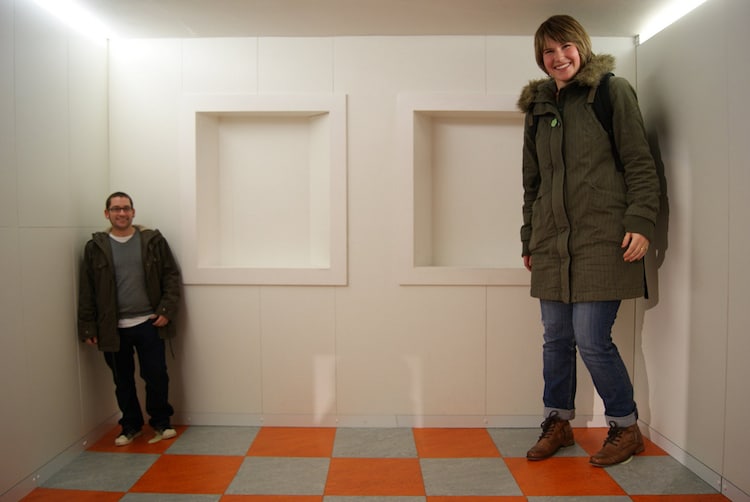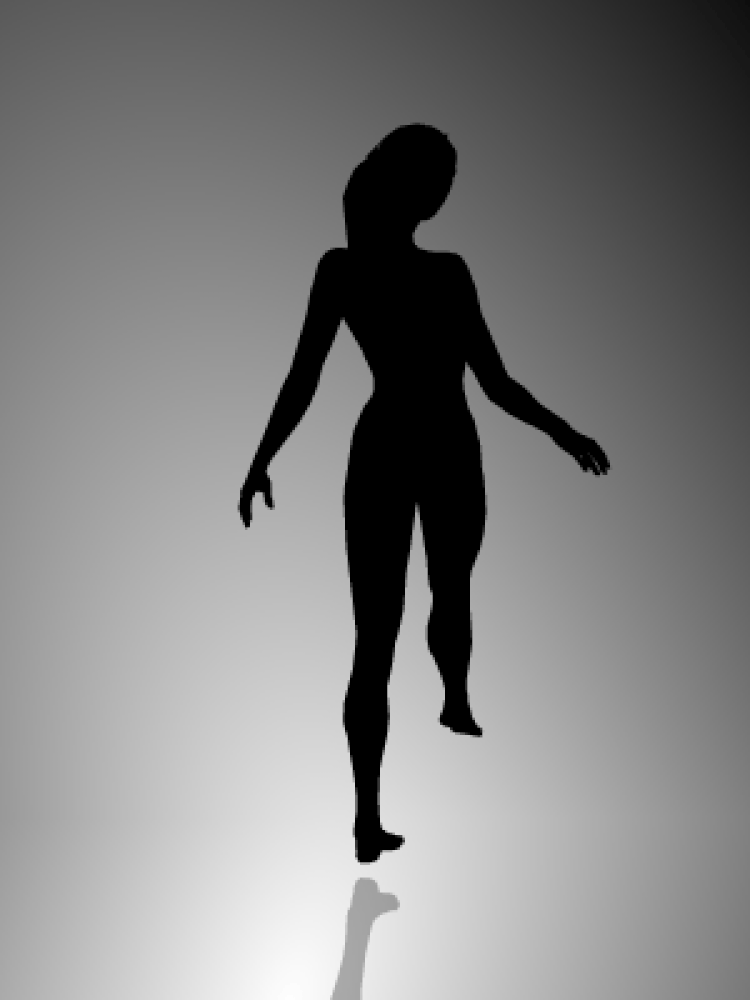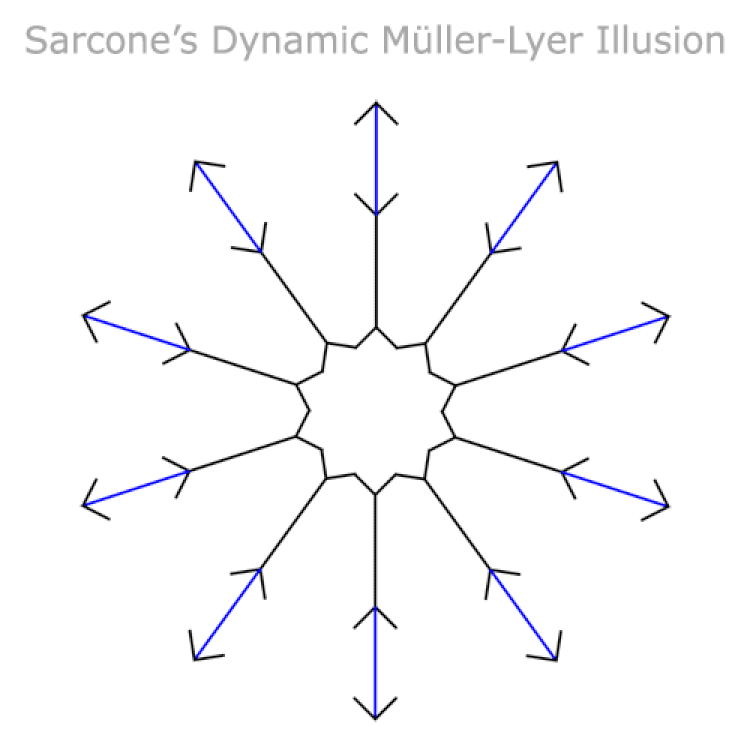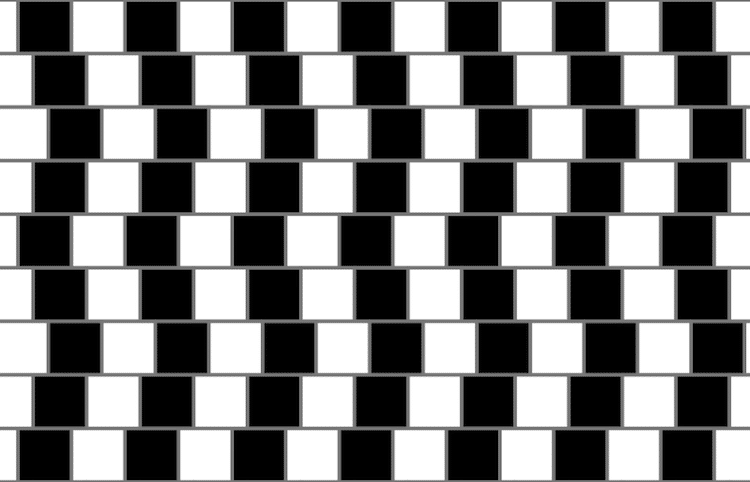
Photo: Roman Samborskyi via Shutterstock
Who doesn’t love a good optical illusion? They’re a fun reminder of just how much our eyes—and brain—can play tricks on us. From illusions based on perspective to others grounded in perception, there are endless ways that our mind can view illusions. We’ve taken some of the most famous optical illusions and broken down the science behind what our mind perceives. Get an inside look at what happens when we peel back the layers of these fun optical illusion and look inside why some things aren’t what they seem.
Here are optical illusions that will make you question what you’re actually seeing.
Ames Room

Photo: Ian Stannard
Though it may be hard to believe, the two people in the above photo are the exact same size. What we’re looking at is an Ames Room, invented by an American ophthalmologist in the 1940s. This optical illusion requires viewers to look into a pinhole at a room that appears cubic, but is actually the shape of a trapezoid. The slanted walls and ceilings, combined with a clever manipulation of the room’s features, completely fool the eye into seeing a height differential. This perspective trick makes one person seemingly tower over another when they both enter the room, even as they walk back and forth. Ames Rooms have been used by Hollywood to create special effects in films like The Lord of the Rings and the 1971 version of Charlie and the Chocolate Factory. Watch the below video to see how the Ames Room illusion works.
Spinning Dancer Illusion

(GIF: Nobuyuki Kayahara (Procreo Flash Design Laboratory) [CC BY-SA 3.0], via Wikimedia Commons)
As you look at this image of a dancer twirling round and round, you might not think you are seeing something special. But what if you found out that not everyone sees her moving in the same direction? In fact, some people—if they look long enough—will even see her switch directions. Web designer Nobuyuki Kayahara created the Spinning Dancer illusion in 2003, and the majority of people see her spinning in a clockwise motion. Instead, others will perceive a counterclockwise spin. Why? The silhouette has a lack of depth thanks to missing visual cues. For instance, the dancer’s arms can be perceived as moving between her and the viewer, but also as moving behind her body. The optical illusion has been erroneously called a test to see if viewers predominantly use the left or right side of the brain. This is, in fact, not the case. Though it is interesting that when people first perceive the dancer as moving clockwise, they have a harder time seeing her switch direction.
Dynamic Müller-Lyer Illusion

GIF: Ruotailfoglio (Own work) [CC BY-SA 4.0], via Wikimedia Commons
Developed by Italian researcher and visual artist Gianni Sarcone, this GIF is a form of the well-known Müller-Lyer illusion. It’s an optical illusion where lines of equal length are perceived as different sizes due to fins protruding from the ends of the lines. With Sarcone’s Pulsating Star, the blue and black lines appear to magically shrink and grow, when in reality, their length is fixed. Why does this happen? One possible explanation is that the angles of the fins cause a change in our perception. When the fins are angled in, viewers assume that the object—or line—in question is closer and, therefore, shorter. As the angle moves away from the viewer, visual perspective tricks the eye into elongating the same line.
Café Wall Illusion

(Photo: Fibonacci (Own work) [GFDL or CC-BY-SA-3.0], via Wikimedia Commons)
Professor Richard Gregory rediscovered this cool optical illusion in 1973—it was first written about in the late 19th century—when a member of his lab visited a cafe in Bristol, England. It was noted that the tile pattern outside the cafe created an optical illusion where straight, parallel lines between staggered rows of dark and light bricks appear to slope diagonally. The illusion is even more evident when the grid is created with alternating black and white squares. Interesting, the grout between the tiles is fundamental. If it’s too thin or removed, the Café Wall Illusion no longer works. Our brain perceives these diagonal lines due to the way our neurons interact, as different types of neurons react to light and dark. According to New World Encyclopedia: “Where there is a brightness contrast across the grout line, a small scale asymmetry occurs whereby half the dark and light tiles move toward each other forming small wedges. These little wedges are then integrated into long wedges with the brain interpreting the grout line as a sloping line.”

Professor Richard Gregory visits the Cafe Wall in February 2010. (Photo: StevenBattle (Own work) [CC BY-SA 3.0], via Wikimedia Commons)
